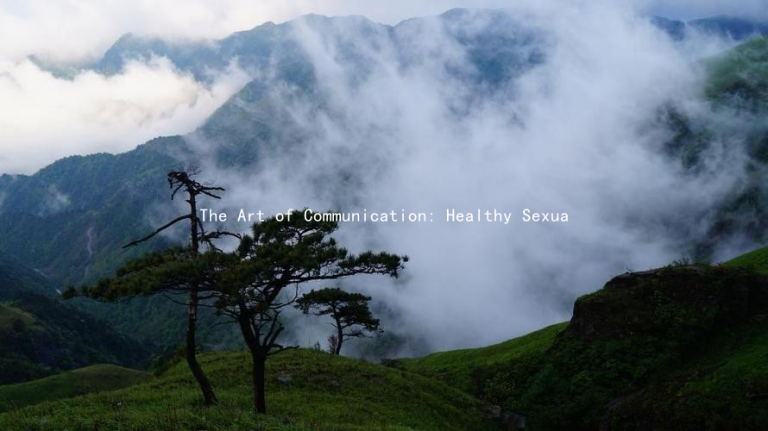Cultural Influences on Sexual Expression: What Couples Need to Know
Cultural Influences on Sexual Expression: What Couples Need to Know
Understanding sexual expression within the context of cultural influences is crucial for couples, particularly in today’s increasingly globalized world. Different backgrounds can shape perceptions of intimacy, communication styles, and expectations within relationships. Here are several key aspects that couples should consider regarding cultural influences on sexual expression.
1. Communication Styles
Cultural norms dictate how individuals express themselves verbally and non-verbally. In some cultures, open discussions about sex are encouraged, while others may consider such conversations taboo. Couples from different backgrounds may find themselves at odds when discussing sexual needs, desires, and boundaries. Hence, it is essential for partners to establish a comfortable space for dialogue that respects each persons upbringing and cultural context.
2. Attitudes Towards Sex
Cultures vary significantly in their attitudes towards sex, often influenced by religious beliefs, societal norms, and historical context. For instance, in more conservative societies, premarital sex might be frowned upon, affecting the dynamics of intimacy. Conversely, in more liberal cultures, sexual experimentation might be more accepted. Understanding these differences can help partners navigate their own beliefs and expectations, facilitating a healthier relationship.
3. The Role of Gender
Cultural backgrounds heavily influence gender roles and expectations, particularly concerning sexual relationships. In some cultures, traditional gender roles might dictate how a man and a woman should behave in intimate situations. Recognizing these roles and discussing how they align or conflict with personal beliefs can foster understanding and mutual respect within a relationship.
4. Rituals and Practices

Cultural rituals surrounding love, courtship, and marriage often impact sexual expression in a relationship. For instance, some cultures have specific customs relating to how partners should engage in intimacy or celebrate their love. Couples should explore and share their cultural rituals, as this can lead to deeper emotional connections and enrich their sexual experiences.
5. The Impact of Media and Technology
The globalization of media and access to diverse sexual narratives can influence couples’ expectations and behaviors. Different cultures present varying portrayals of sexuality through films, television, and online platforms. Couples should discuss the impact of these portrayals on their own perceptions of intimacy and how they can differentiate between entertainment and realistic expectations in their relationship.
6. Navigating Differences
When couples come from different cultural backgrounds, navigating differences in sexual expression can be challenging but also deeply rewarding. Dialogues about each partner’s cultural heritage related to intimacy can lead to a more profound understanding and acceptance. It’s crucial for partners to remain patient, empathetic, and open-minded as they explore each others perspectives.
7. Seeking Guidance and Resources
Couples facing difficulties due to cultural differences may benefit from seeking guidance from counselors or resources that specialize in intercultural relationship dynamics. Professionals can provide tools and strategies to better understand each other’s cultural backgrounds and improve communication and intimacy.
In summary, cultural influences play a significant role in shaping sexual expression in relationships. By understanding the diverse cultural contexts impacting their intimate lives, couples can foster better communication, deepen their emotional intimacy, and navigate the complexities of their sexual relationship with greater empathy and awareness. Ultimately, acknowledging and celebrating these differences can lead to a richer, more fulfilling partnership.





